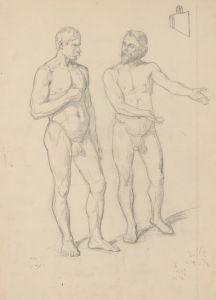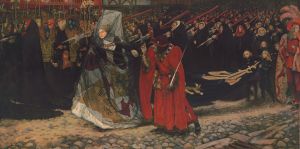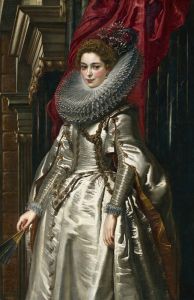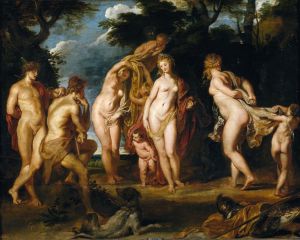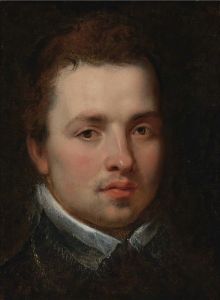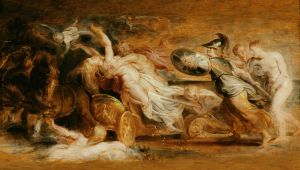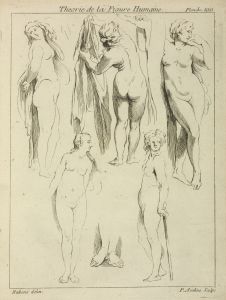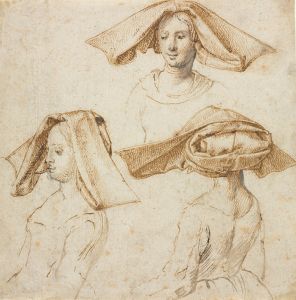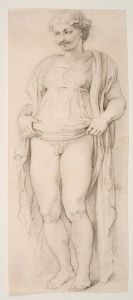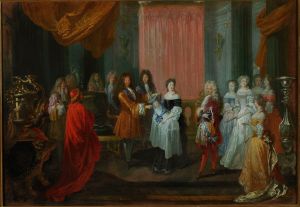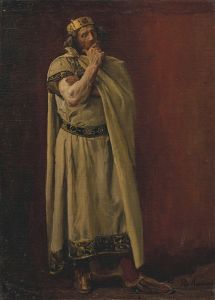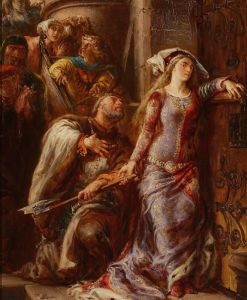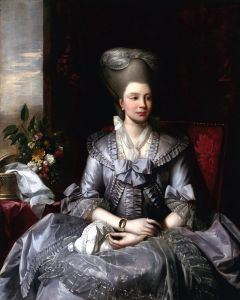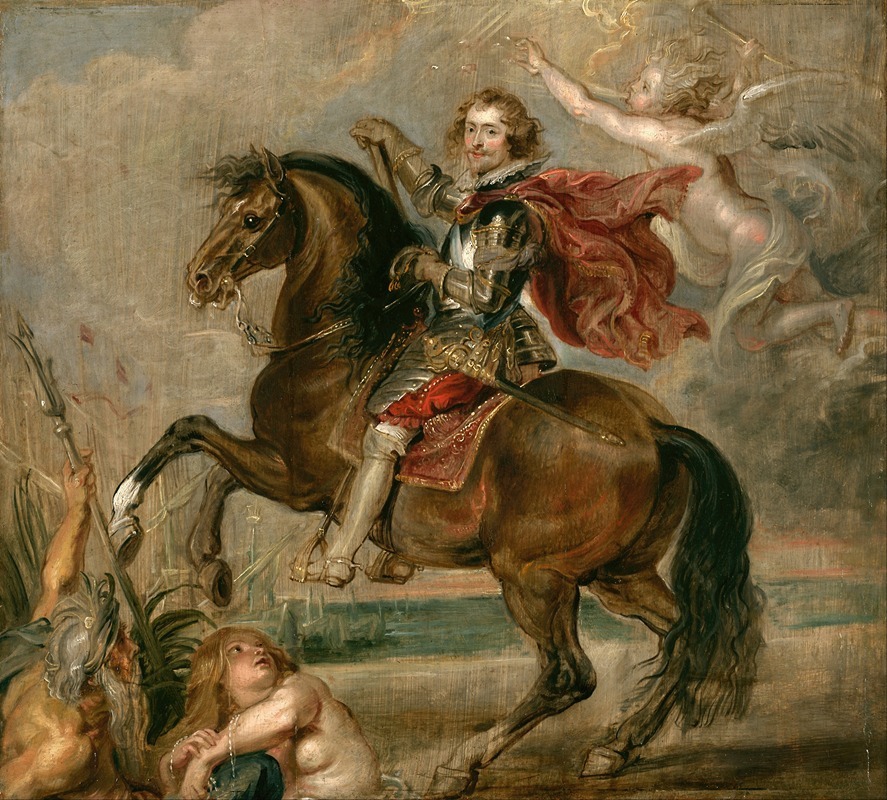
Equestrian Portrait of the Duke of Buckingham
A hand-painted replica of Peter Paul Rubens’s masterpiece Equestrian Portrait of the Duke of Buckingham, meticulously crafted by professional artists to capture the true essence of the original. Each piece is created with museum-quality canvas and rare mineral pigments, carefully painted by experienced artists with delicate brushstrokes and rich, layered colors to perfectly recreate the texture of the original artwork. Unlike machine-printed reproductions, this hand-painted version brings the painting to life, infused with the artist’s emotions and skill in every stroke. Whether for personal collection or home decoration, it instantly elevates the artistic atmosphere of any space.
The "Equestrian Portrait of the Duke of Buckingham" is a painting by the renowned Flemish artist Peter Paul Rubens. Created in 1625, this work is a significant example of Rubens' mastery in portraiture and his ability to convey the grandeur and power of his subjects. The painting depicts George Villiers, the 1st Duke of Buckingham, who was a prominent figure in the court of King James I of England and later King Charles I.
Rubens was known for his dynamic compositions, vibrant color palette, and the ability to capture the essence of his subjects. In this portrait, the Duke of Buckingham is shown mounted on a rearing horse, a pose that exudes confidence and authority. The Duke is dressed in elaborate armor, which reflects his status as a nobleman and a military leader. The background of the painting features a dramatic sky, adding to the sense of movement and energy in the composition.
The equestrian portrait was a popular genre during the Baroque period, often used to depict rulers and military leaders. It symbolized power, control, and nobility. Rubens' portrayal of the Duke of Buckingham follows this tradition, emphasizing the Duke's importance and his close relationship with the monarchy. The painting was commissioned by the Duke himself, who was known for his patronage of the arts and his desire to be immortalized by the leading artists of his time.
Peter Paul Rubens (1577-1640) was one of the most influential artists of the Baroque era. His work is characterized by its exuberance, movement, and sensuality. Rubens was not only a painter but also a diplomat, which allowed him to travel extensively and gain commissions from various European courts. His ability to blend the classical traditions of the Renaissance with the dynamism of the Baroque made him a sought-after artist among the European elite.
The "Equestrian Portrait of the Duke of Buckingham" is a testament to Rubens' skill in capturing the personality and status of his subjects. The painting is notable for its attention to detail, particularly in the rendering of the Duke's armor and the anatomy of the horse. Rubens' use of light and shadow enhances the three-dimensionality of the figures, making them appear almost lifelike.
Today, the painting is housed in the Kimbell Art Museum in Fort Worth, Texas. It remains an important work in Rubens' oeuvre and a valuable piece of art history, offering insight into the political and cultural landscape of early 17th-century Europe. The portrait not only celebrates the Duke of Buckingham's status but also serves as a reflection of Rubens' artistic prowess and his ability to convey the grandeur of his subjects through his art.





